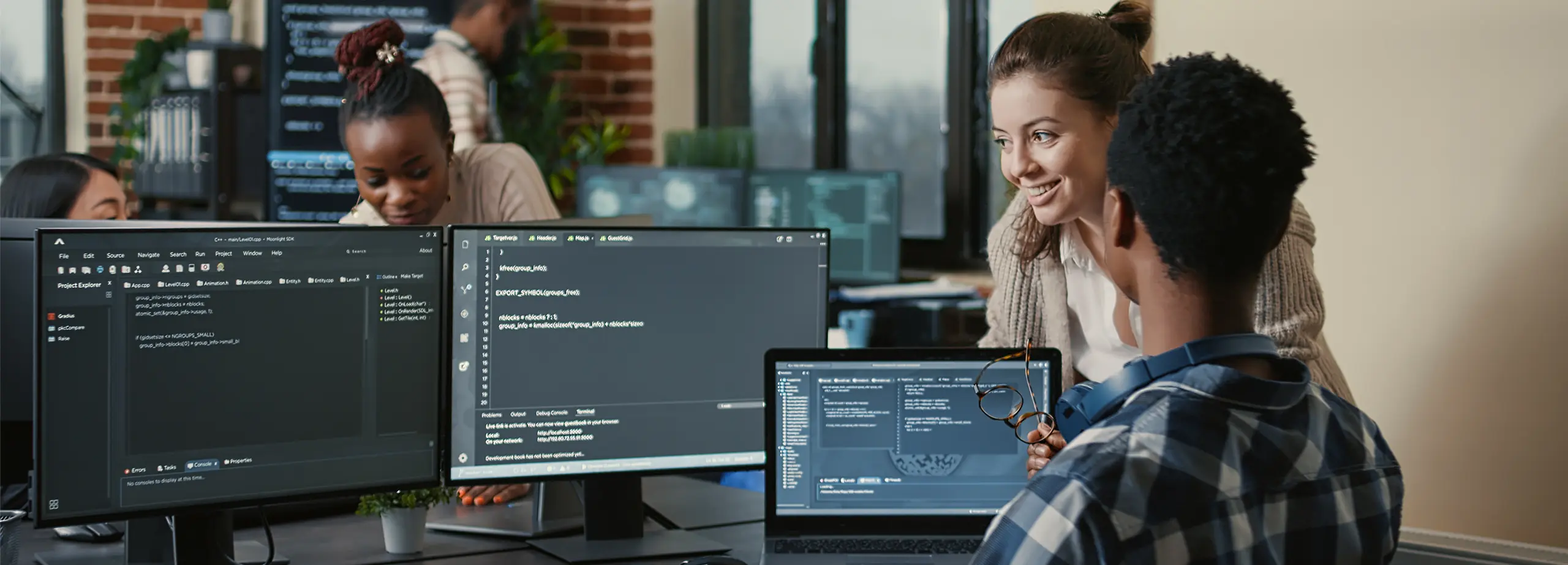Speculative design requires designers to tap into a deeper level of thinking that they’re used to, envisioning the future from a design perspective. Generally, there are three main components to design, including creating, solving problems with the creation, and the ability to take client revisions in stride.
However, sometimes design problems become so big that it becomes challenging to create a solution. The world is dealing with ongoing heavy issues, and designers are often at the center of bringing attention to said issues, which is a lot of responsibility.
It’s rare to create a solution for environmental disasters and political strife through design, but what about speculative design? This article will talk about speculative design and how it can make a difference in the future.
What is Speculative Design?
Speculative design addresses the big worldly problems and looks to the future concerning creating products and services for those problems. While the concept sounds relatively straightforward, speculative design is much more complex than it sounds. Still, there are some fantastic examples of how speculative design truly works and how designers can begin to apply the tactics.
Speculative design is all about stepping back from the project and asking how you can solve future problems. The concept thrives on new perspectives and imagination and looks to open the hard discussions and encourage creativity. In some cases, design speculations can help us redefine our relationship with the future.
Generally, design looks at more minor issues, such as how to raise conversion rates and how to encourage the neighborhood recycling rate. Speculative design widens the scope and looks at society’s most significant issues. When utilizing the theoretical design perspective, designers should ask themselves the following questions.

Speculative design is not for the faint of heart, and it allows designers to determine how they can make a difference through their personal creativity. Speculative design doesn’t focus on the current technology, culture, and political limitations.
Speculative Design and the Future
While speculative design has quite a bit to do with the future, it’s essential to understand the correlation between the two. Speculative design doesn’t revolve around predicting the future, and instead, it aims to imagine the possibilities.
The futures of speculative design can be probable, plausible, and preferable, and an excellent speculative design piece should fall into one of these future categories. To understand the present, it’s crucial to have some lens into the future, and speculative design can supply that, allowing designers to try and establish what humans do or don’t want to see in the future.
Speculative design does not mean the exploration of fantasy. Instead, it wants to focus on justifiable creation and explore the possible relationship society could have with that design or innovation.
Speculative Design Benefits
The progression of technology continues to move forward, and brands globally have to ensure that they’re on the right path to progress and grow with such advancements. Plain and simple, businesses cannot see growth when they lack innovation overall, primarily from development and design departments.
Innovating within the industry positions any company to gain in future markets. Speculative design isn’t abstract. Major organizations like Pepsi and Visa have hired teams to assist them in creating products and strategies that can make a real difference.
These companies are placing a great deal of importance on being ahead of the competition from the perspective of services and technology. When speculative design works with concrete (or traditional) design tactics, speculative design is valuable for organizations of every size and type, governments included.
Speculative design asks how things might be, opening the door for provoking debate, asking questions, and challenging preconceptions. These speculative design benefits are crucial to the success of its implementation. However, the best thing to come out of speculative design is focusing on the future.
Speculative Design Drawbacks
With every advancement in technology and ways of thinking comes a drawback or two. There’s no doubt that speculative design offers opportunities for designers to explore a creative push, but it’s a concept that’s notoriously difficult to sell.
Speculative design is all about pushing boundaries and taking risks. As a result, organizations are less likely to invest much money in the process. This hesitancy limits how designers make bolder choices because few companies are willing to focus on funding speculative projects.
History holds speculative design back from being everything it could be, making it difficult even to exist. For example, design has never been more commercial than it is now. It’s not uncommon for businesses to see speculative designers as unfocused on a design’s ability to generate revenue.
Also, society places a greater emphasis today on the accomplishments of individuals rather than entire communities. The overall demand to focus on and attempt to solve looming societal issues just isn’t present.
Pessimism is another drawback to speculative design, as younger generations have adopted (and rightfully so) a pessimistic attitude regarding the future. The consensus is that there’s no point in planning for something that might not happen. However, if we were to do away with speculative design completely, how can we change minds?
Major corporations are indeed taking the plunge and investing in speculative design. Still, changes in the design world and the economy tend to limit the ability of designers even to take part in speculative design. In many cases, speculative design doesn’t bring in money, or it’s near impossible to find an organization to provide funds.
How Speculative Design Works
If there’s no demand for speculative design, there’s no reason for designers to supply those services. However, many designers believe that ROI or the bottom line should not limit their creativity. Speculative design includes the ability to concoct ideas around things that don’t yet exist. Businesses that take risks on bolder ideas will find it incredibly beneficial.
Speculative design enables designers (and those who witness the design) to imagine a probable future and explore relevant questions regarding that future. Through processes of in-depth trend analysis and research, speculative design asks people to ponder what certain technological adoptions might bring or how humanity might deal with new trends. The questions asked can be as shallow or as deep as designers want, as long as they devise a viable future.
The speculative design process differs from traditional in that it uses outputs as inputs, meaning products and imagery can turn uncertain futures into present choices. The concept is genius with mass amounts of potential, and it will eventually become necessary for business leaders to experiment with imaginative thinking to generate discussions.
The Acceptance of Speculative Design as a Long-Term Solution
Because speculative design has its place in redefining and devising the way we look at the future, it’s worth looking at how designers and organizations can encourage people to accept and absorb speculative design. The problem is that many business leaders do not see speculative design to solve long-term issues.
Speculative design is meant to help humans consider future implications and assist in building successful services, products, and businesses overall. To work on the acceptance of speculative design within your company, you might want to start with bringing in stakeholders that offer diversity and varying viewpoints. The stakeholder path is one way to determine what concepts are desirable for the future.
In general, design is a process that isn’t linear. When we add speculation to the mix, we add a lot of complexity that businesses aren’t willing to take a chance on quite yet. There is no precise marketing science in speculative design. Various events and viewpoints will always get in the way of the desired future, and it’s near impossible for speculative design to make room for that.
Instead, speculative design needs to focus on asking questions, engaging the right people, and concentrate on shaping tomorrow through creativity and innovation. When companies can step back and consider the benefits of working with speculative designers to make real change or at least focus on making that change, a whole new world of design and potential clientele opens up.
Speculative design isn’t a trend so much as it’s becoming a must-have for companies that wish to evolve with their consumer base by imagining speculative futures.
Integrating Deep Design and Your Business
If you think speculative design could benefit your business, it’s encouraged to start incorporating it as soon as you’ve got a skilled designer and a plan in place. There are no limits to what speculative design can imagine, though it’s important for your team to remain grounded in reality and refuse to cross the tempting line into fantasy.
Speculative design can change lives and product outcomes, driving growth and innovation every step of the way. Good design is essential to business, but speculative design may prove priceless.










